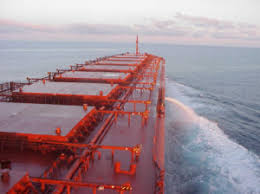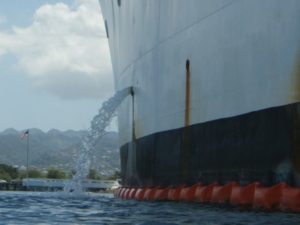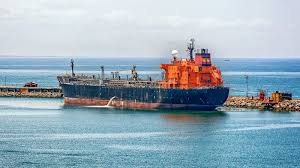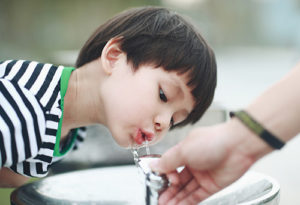This review attempts to provide some sense of our current knowledge of water including overall patterns of intake and some factors linked with intake, the complex mechanisms behind water homeostasis, the effects of variation in water intake on health and energy intake, weight, and human performance and functioning. Water represents a critical nutrient whose absence will be lethal within days. Water’s importance for prevention of nutrition-related noncommunicable diseases has emerged more recently because of the shift toward large proportions of fluids coming from caloric beverages. Nevertheless, there are major gaps in knowledge related to measurement of total fluid intake, hydration status at the population level, and few longer-term systematic interventions and no published random-controlled longer-term trials. We suggest some ways to examine water requirements as a means to encouraging more dialogue on this important topic.
Water is essential for life. From the time that primeval species ventured from the oceans to live on land, a major key to survival has been prevention of dehydration. The critical adaptations cross an array of species, including man. Without water, humans can survive only for days. Water comprises from 75% body weight in infants to 55% in elderly and is essential for cellular homeostasis and life.1 Nevertheless there are many unanswered questions about this most essential component of our body and our diet. This review attempts to provide some sense of our current knowledge of water including overall patterns of intake and some factors linked with intake, the complex mechanisms behind water homeostasis, the effects of variation in water intake on health and energy intake, weight, and human performance and functioning.

Stopping Ballast Water
More than 185 aquatic invasive species have entered the Great Lakes, including zebra mussels and quagga mussels.








